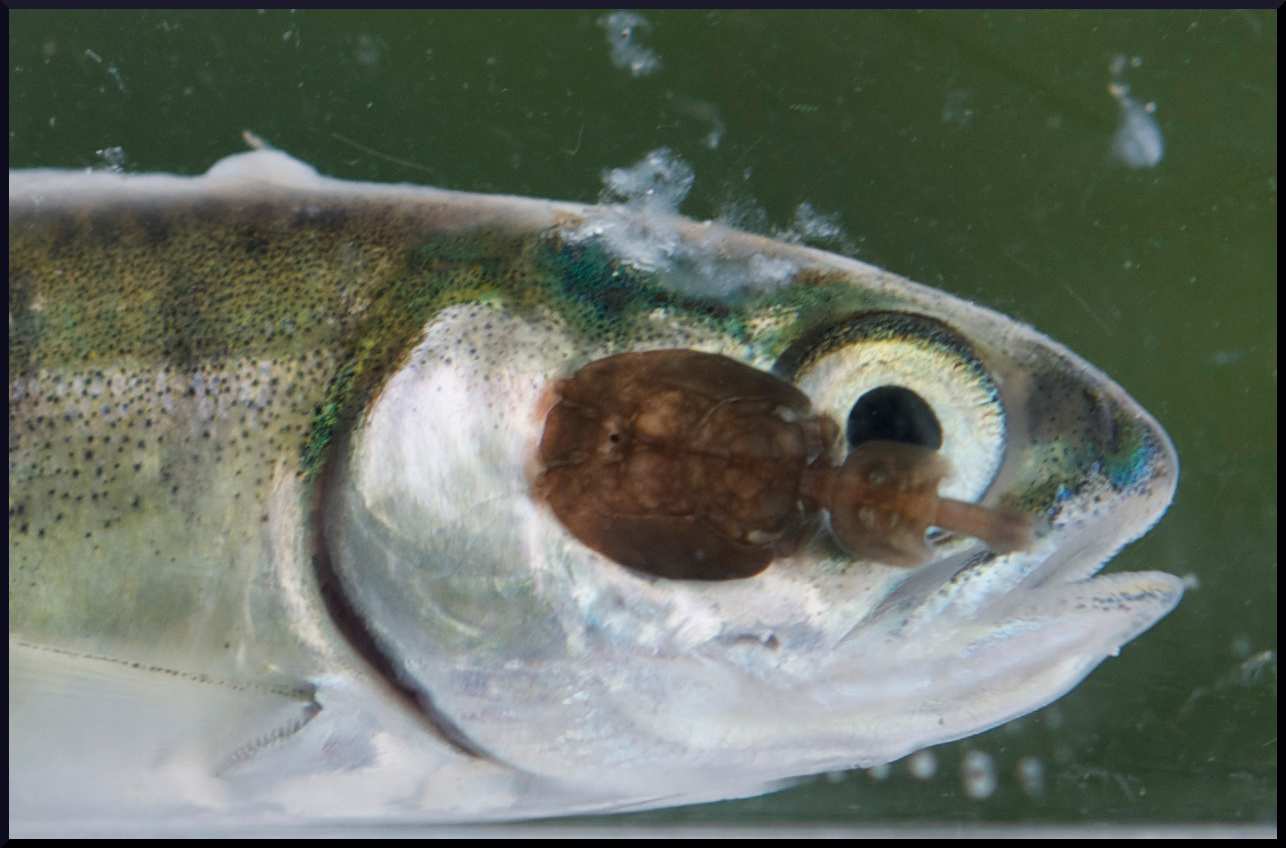

In Clayoquot Sound on the west coast of Vancouver Island, nobody can deny anymore that salmon runs are alarmingly small, and shrinking. Many experts blame freshwater habitat degradation for declines in salmon production in the Northwest, but that argument doesn’t hold water in Clayoquot Sound. The historically productive salmon rivers and forests of Clayoquot are pristine, old growth ecosystems with abundant habitat for salmon, yet chinook, sockeye, and chum continue to disappear. Something is Clayoquot Sound is broken. Wild Fish Conservancy is joining the search for answers.
Salmon from Clayoquot Sound encounter many obstacles and dangers on their cyclical journey from river to fjord to open ocean and back again. Dangers like predation are natural—others are not. In Clayoquot Sound, the first non-natural encounter salmon fry make is with the salmon aquaculture facilities that are a prominent feature of Clayoquot fjords.
Researchers published in top scientific journals have correlated salmon farm presence with abnormal blooms of a parasitic sea louse, L. salmonis, known to cause harm to migrating salmon fry.
Location | Start Date |
|---|---|
Clayoquot Sound, West Coast Vancouver Island, British Columbia, Canada | 01/01/2009 |
Project Type | Completion Date |
|---|---|
Research |
In 2009, Wild Fish Conservancy started a research program to help shed light on the Clayoquot salmon crisis. The reasons for salmon declines are undoubtedly complex. As a first step, WFC plans to determine if sea lice may be part of the problem.
Collection of juvenile salmon fry occupied the WFC sampling team from February through June of 2009, and 2010. Over 12,000 chum and chinook fry were scrutinized individually for lice infestation in each fjord of Clayoquot Sound. The results so far are concerning. Chum fry in fjords with salmon farms had significantly higher infection rates on their journey to sea than fry migrating down fjords with few or no farms.
Pending funding, WFC will continue studying sea lice impacts on juvenile chum and chinook in Clayoquot Sound. Sea lice may not be the only negative impact on juvenile salmon in Clayoquot Sound, but the threat is real and the work must continue. The salmon crisis in Clayoquot Sound is reflective of salmon declines across the region, but there is hope. Clayoquot still has pristine old growth river systems, waiting for the salmon to return. The more information we collect on what is broken, the better we will be able to start making changes, and the sooner the salmon will return. If there is any place where salmon can make a come-back, Clayoquot Sound is it.
Primary Habitats Impacted By Project: | Managing Agency/ Organization: |
|---|---|
Rivers, Estuaries, and Oceans used by salmon smolts from Clayoquot Sound | Wild Fish Conservancy |
Project Contact: | Budget or Project Cost: |
|---|---|
Audrey Thompson | $260,729.00 |
Funding Sources: | Partners: |
|---|---|
Private Donations of funds and equipment, Clayoquot Wilderness Resorts |
Join our mailing list to recieve important updates on our work, the latest wild fish news, & opportunities to take action to support wild fish.
This site is protected by reCAPTCHA and the Google Privacy Policy and Terms of Service apply.
Wild Fish Conservancy is recognized as a 501(c)3 non-profit by the IRS